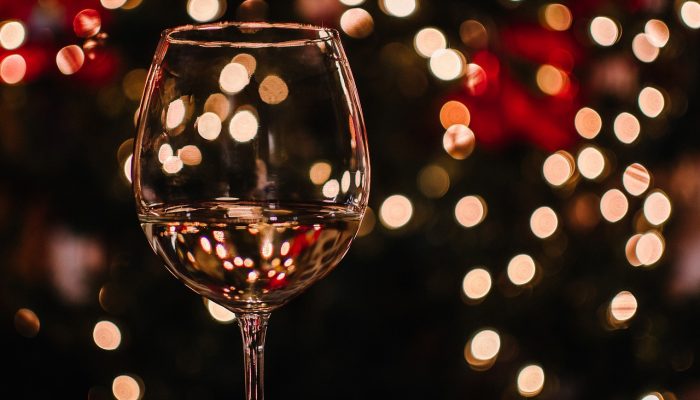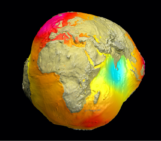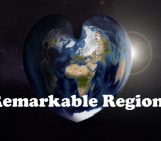
Credit: Max Pixel
The Christmas holidays: the one time of year that you don’t need to think about work. Instead, you are focussed on your family (including the in-laws), the massive amount of food still left (a miscalculation every year), and you’re starting to think about your New Year’s resolutions (because we give it a try every year, right?). So, this is definitely not the time to go and read a blog post (or write one, for that matter).
Lucky you: there is a blog post anyway! But, in the spirit of the holidays, it has a festive theme. We are concerned with geodynamics. In numerical modelling we even assume that the Earth flows like a fluid on geological timescales. So what could be more festive than looking at a different timescale today by looking at the fluid dynamics of wine (‘oenodynamics’)? Pour yourself another glass, swirl it around a bit, and sit back for a relaxing post about how the swirling of wine works.
If you are unfamiliar with the process of wine tasting, let me give you a short introduction (although I am by no means an expert): to fully appreciate and taste a wine, you need to follow five basic steps: color, swirl, smell, taste, and savor. To make this a bit easier to remember after a couple of glasses, these five steps are also known as the ‘Five S’ steps:
See, Swirl, Sniff, Sip, Savor
From a layman’s point of view, the see, sniff, sip, and savor might make some intuitive kind of sense. However, the swirling step might be less intuitive. This swirling of the wine releases the so-called bouquet (‘the total aromatic experience’) of a wine. You usually swirl a glass of wine by a gentle circular movement of the glass. This creates a wave along the glass walls, which enhances the oxygenation and mixing of the wine. The shape of this wave formed by the swirling of the wine (or ‘orbital shaking’: the motion on a circular trajectory, at a constant angular velocity, of a cylindrical container maintaining a fixed orientation with respect to an inertial frame of reference) has been investigated by Reclari et al., 2011.
Now before you ask why on Earth it would be useful to investigate this (other than to satisfy a healthy dose of academic curiosity), the authors provide a very sensible reason: this orbital shaking has been applied to large scale bioreactors for the cultivation of antibodies in cells. Of course, looking at the swirling of wine is a less expensive experimental setup to study the physics behind this orbital shaking and, let’s be honest: it just sounds like a really fun, slightly quirky, research project.
To simplify the experimental setup, Reclari et al., 2011 use cilinders instead of wine glasses. The free parameters that Reclari et al., 2011 consider are the inner diameter of the cilinder D, the diameter of the shaking trajectory ds, the elevation of the water at rest H0, and the angular velocity ω. Varying these parameters results in a variety of wave shapes. Reclari et al., 2011 identify three dimensionless parameters:
đs ≡ ds/D,
Ħ0 ≡ H0/D,
Fr2≡ (ω2ds)/g
These dimensionless parameters define the wave shape of the wine and ensure the similarity of the free surface between experiments with the same dimensionless numbers.
For a comprehensive demonstration of their findings have a look at their video, which illustrates their methods very nicely and shows you lots of swirling wine. Hopefully, you will now have another interesting story to bring to the dinner table during the holidays.
Cheers!
Reference Reclari, Martino, et al. "Oenodynamic": Hydrodynamic of wine swirling. arXiv preprint arXiv:1110.3369 (2011). Reclari, Martino. Hydrodynamics of orbital shaken bioreactors. (2013).



